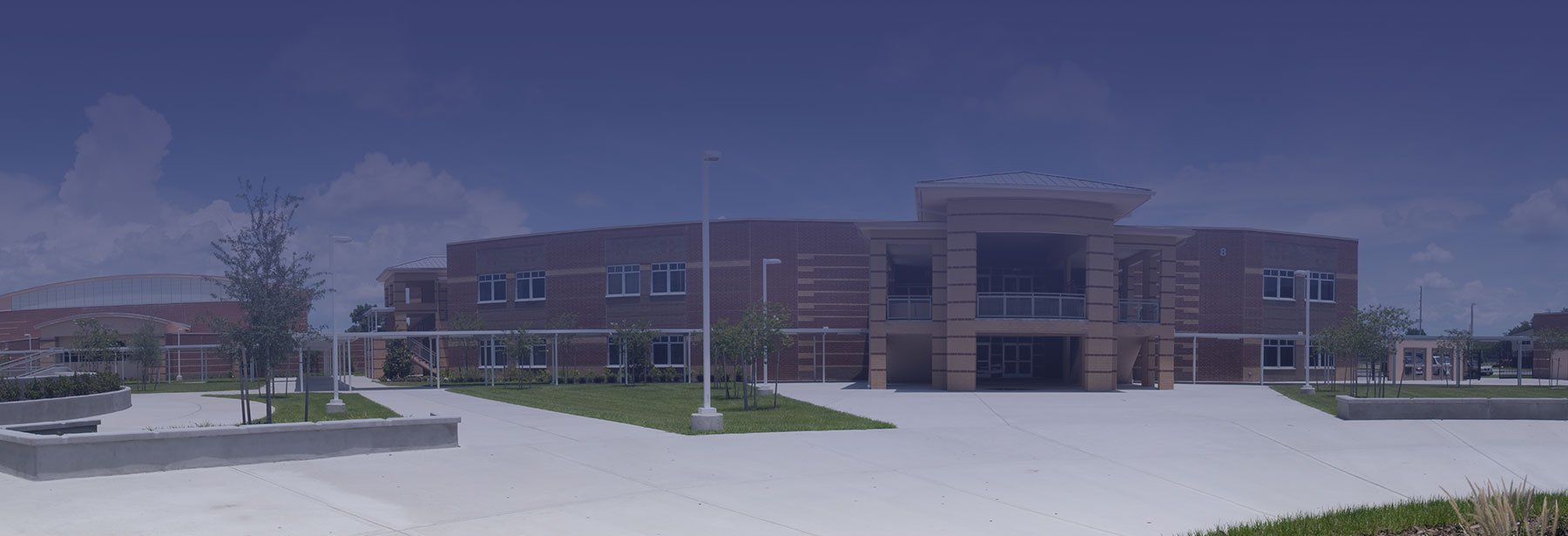The Every Student Succeeds Act (ESSA) is a groundbreaking piece of legislation when it comes to looking forward to the future of education. Combining with Title IV funding allows educators to decide how to apply funding for student safety measures.
BLOOMINGTON, Ill. (March 18, 2019) – The Every Student Succeeds Act (ESSA) and its Title IV, the Student Support and Academic Enrichment Grants (SSAEG), component have given educators and state officials the flexibility and funding to decide what student safety measures are needed most in their particular schools and communities. To help administrators understand the possibilities for their schools, Kecia Ray, Ed. D, the executive director of the Center for Digital Education, and Susan Gentz, the founder of educational consultancy BSG Strategies, have co-authored a white paper titled, “Opportunities to Enhance Safe Learning Spaces.”
The white paper gives a brief, easy-to-understand overview of how the legislation works in terms of enabling educators to determine and implement safety provisions as they see fit. This includes a comprehensive list of the ways in which educators are allowed to use Title IV funds and a list that includes links to relevant regulations, guidance, research, and other policy documents from the U.S. Department of Education as well as information from the federal organization Stop Bullying.
“The ESSA made it possible for districts to implement systems and services like Gaggle that may not have quite fit within the parameters of the programs that previously existed under the No Child Left Behind Act,” said Gaggle CEO Jeff Patterson. “Title IV’s flexible provisions allow educators to more fluidly address 21st century issues such as cyberbullying. In fact, Title IV funds are now key when it comes to implementing measures that ensure the mental and physical safety of students.”
In addition to providing advice about the type of initiative design most likely to be granted Title IV funding, “Opportunities to Enhance Safe Learning Spaces” also includes examples of districts that adopted Gaggle and the dramatic benefits they experienced, for example, intervening on behalf of a student who was seconds away from an act of suicide.
“The authors of ESSA understood that the ways in which students are bullied, and the mental health issues that lead to suicide or other tragedies, have changed since the era of No Child Left Behind,” said Patterson. “It is time for districts to take preemptive measures to fully understand the extent to which students might be in danger.”
“Maximizing the use of federal funds is one of the most significant duties a school district has today. We must ensure we are putting every penny allocated to good use so that proper funding of education can be seen on the horizon,” explains Dr. Kecia Ray.
Download the “Opportunities to Enhance Safe Learning Spaces” white paper, or listen to the webinar that discusses these funds.
About Gaggle | www.gaggle.net
Headquartered in Bloomington, Ill., Gaggle has been providing school safety management products and solutions to the K-12 market since 1999. Using both artificial intelligence and trained safety experts, Gaggle’s early-warning system proactively assists districts 24/7/365 in the prevention of bullying, inappropriate behaviors, school violence, and other harmful situations. Gaggle has assisted hundreds of districts avoid tragedies and save lives, while also protecting their liability. In the 2017-18 academic year alone, Gaggle helped districts save the lives of 542 students who were planning or actually attempting suicide. Follow Gaggle on Twitter at @Gaggle_K12
